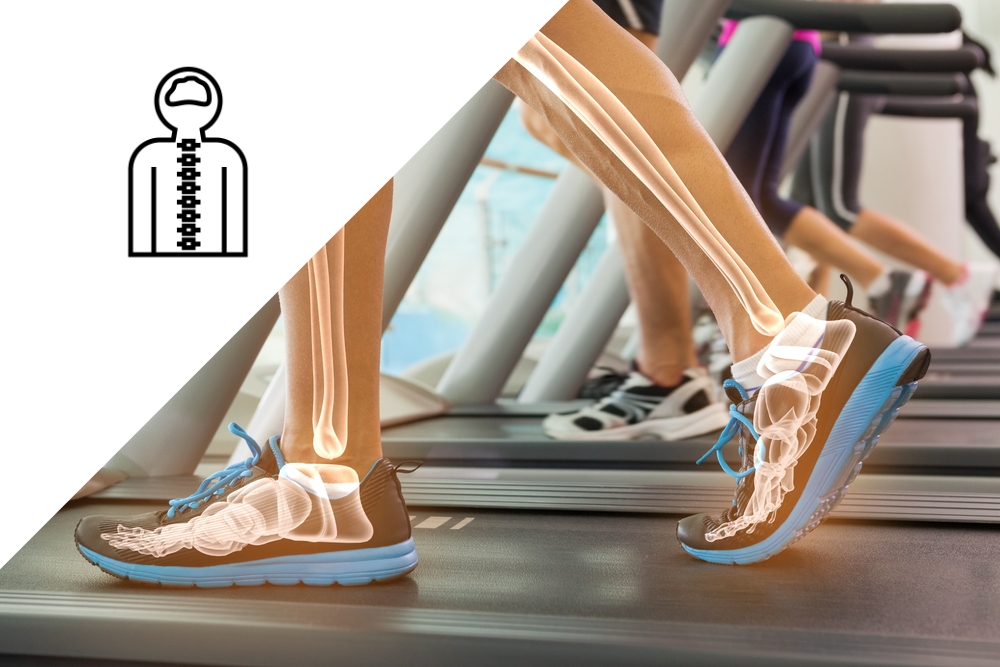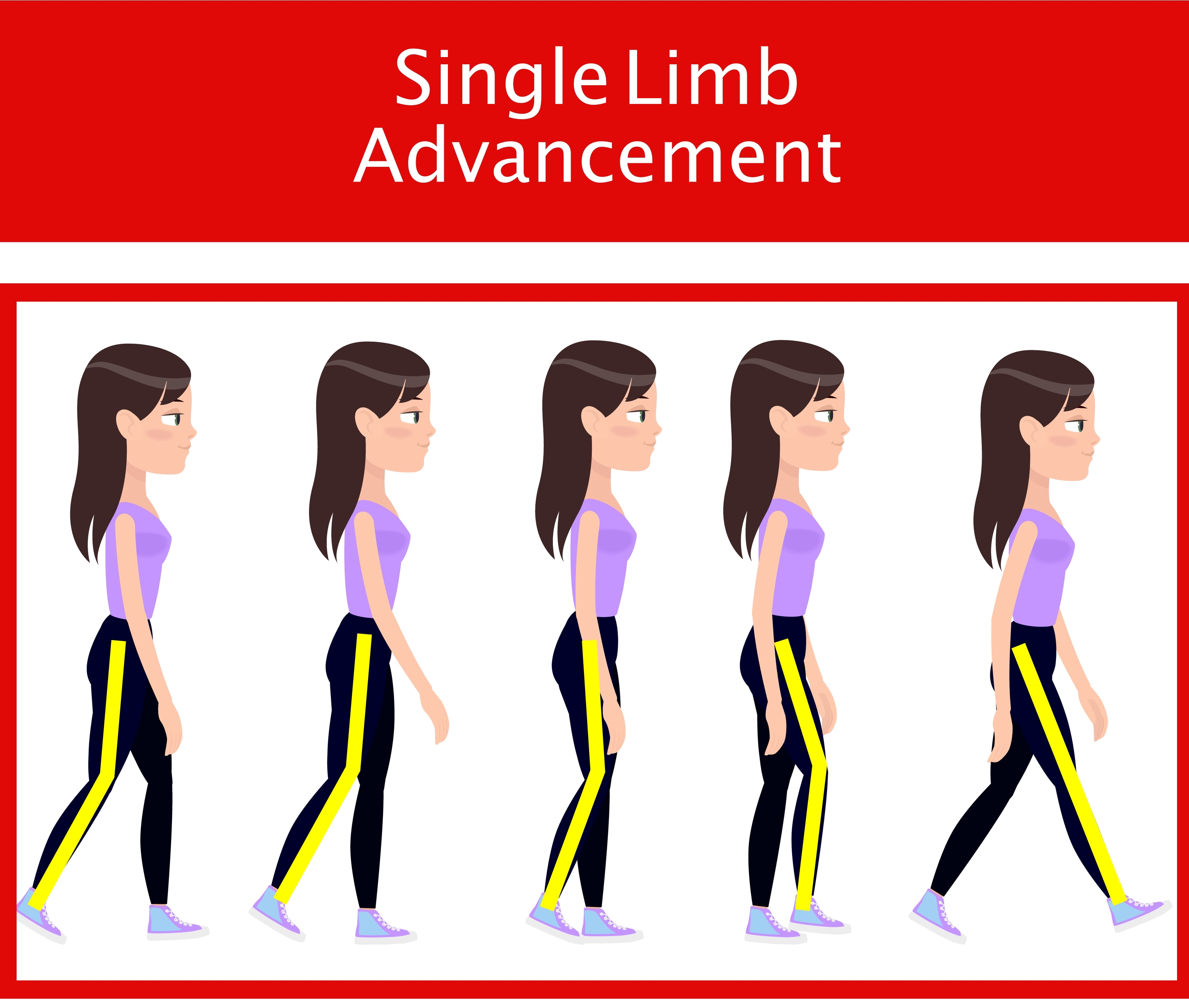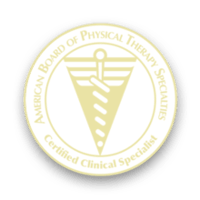Do you remember the steps you went through when you FIRST learned to walk? Yeah, me either 🙂 This is what makes it SOOOO frustrating when you need to correct a “walking problem”. Walking is a “skill” that realies heavily on “automaticity” (kind of like a computer code built into the hard drive). You basically just hit the “function key” and it just happens. That being said, It is hard to understand how complicated walking is. That is……… until you can’t.
What is “normal walking”?
I really hate to use the word normal. Case and point, go to a public place and watch people walk. It is almost impossible to find two people that walk exactly the same. However, there are certain components (of walking) that everyone IS doing. We call these the phases of gait (fancy word for walking).
Note: for the “gait nerds”, ???♀️I will try and stay consistent with Ranchos Los Amigos terminology
There are 3 BIG PICTURE phases.
- Weight acceptance – this is when you first put the foot on the ground and start to move your body over that foot
- Single limb support – this is when you are standing on one leg while the other leg steps forward
- Swing limb advancement – this is from the moment the foot loses contact with the ground until just before the heel touches.
At each of these “phases”, there is a TON of stuff going on at each joint. However (implementing *KISS), I am going to stick with just three (big picture) phases.
*KISS (keep it super simple)
Now, back to YOU and your walking……..☺️
Standing Phases
Standing on the leg (weight acceptance and single leg support) requires a ton of coordination between the hip and knee muscles. This includes:
Hip Muscles: Gluteus maximus and medius, Iliopsoas, Quadratus lumborum, and to a lesser degree the adductor muscles
Knee Muscles: Quadriceps, and Hamstrings (semitendinosis, semimembranosis, biceps femoris)
Ankle Muscles: Gastrocnemius, Soleus, posterior tibialis, anterior tibialis, peroneals
Swinging Phase
Swinging the leg through, requires a whole different set of muscles.
Hip Muscles: Sartorius, Gracilis, Rectus femoris, iliacus, pectineus, tensor fascia lata (TFL), adductor brevis and longus
Knee Muscles: Hamstrings (semitendinosis, semimembranosis, biceps femoris), Quadriceps
Ankle Muscles: Anterior tibialis, extensor hallicus longus, extensor digitorum longus, and peroneus tertius
Huh??? 
I know. In other words, A LOT going on. So, why is this so important? Do you remember me mentioning that “automatic” thing at the beginning? Yeah, kind of important.
Walking is more neurologic than structural (muscle, bones, joints)
Don’t get me wrong, strengthening weakness in these muscles is extremely important. However, if you think you are just going to get on a machine and strengthen the muscle and all will be “right with your walking”, it won’t.
Because there is SOOO much going on, we need a control system that takes some of the thinking out of it. This is where the neurologic system comes into play. Part of this system is responsible for “triggering” each muscle at the exact moment it is required.
What is the BEST way to walk better AND with less pain?
Now that we know walking is primarily a neurologic problem. It is BEST to address the “programming issue”. In other words, the brain and spinal cord need to be “re-programmed”. So, how do you re-program the brain?
- Break it down – Find a physical therapist who can help to identify where the movement problems are occuring in the walking cycle
- Repetition – The goal s to create new neurologic connections. The only way to do this is to practice the CORRECT movement over, and over, and over again. (partial practice)
- Put it back together – This should always be followed up with practicing the entire skill as a whole (block practice)
Do this, and I can gaurantee you will walk better with less pain, greater efficiency, greater confidence and significantly reduce your risk of falling.
If you like this information, don’t forget to sign up for my newsletter.
If you are struggling with your walking or your balance, we can help!
Call today for a walking analysis with a doctor of physical therapy.
407-900-0841
Do you have trouble with foot drop? You might find this post helpful: What causes foot drop: Click here
Do you have walking problems related to a stroke? You will find this post very helpful: It is spasticity not foot drop: Click here
Do you want to enhance your home exercise program? Here is a great place to start:








